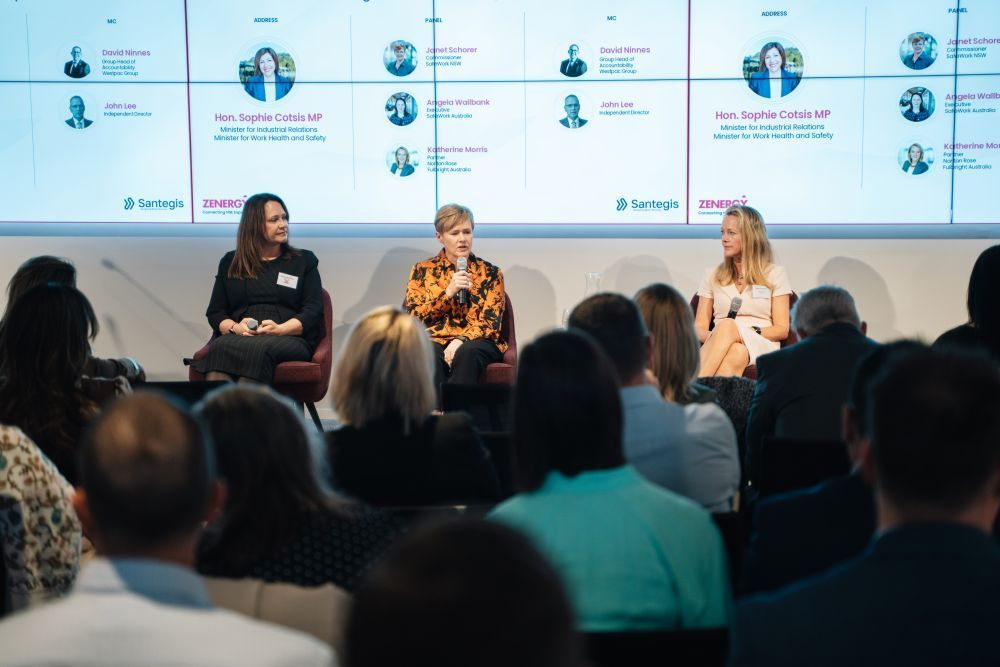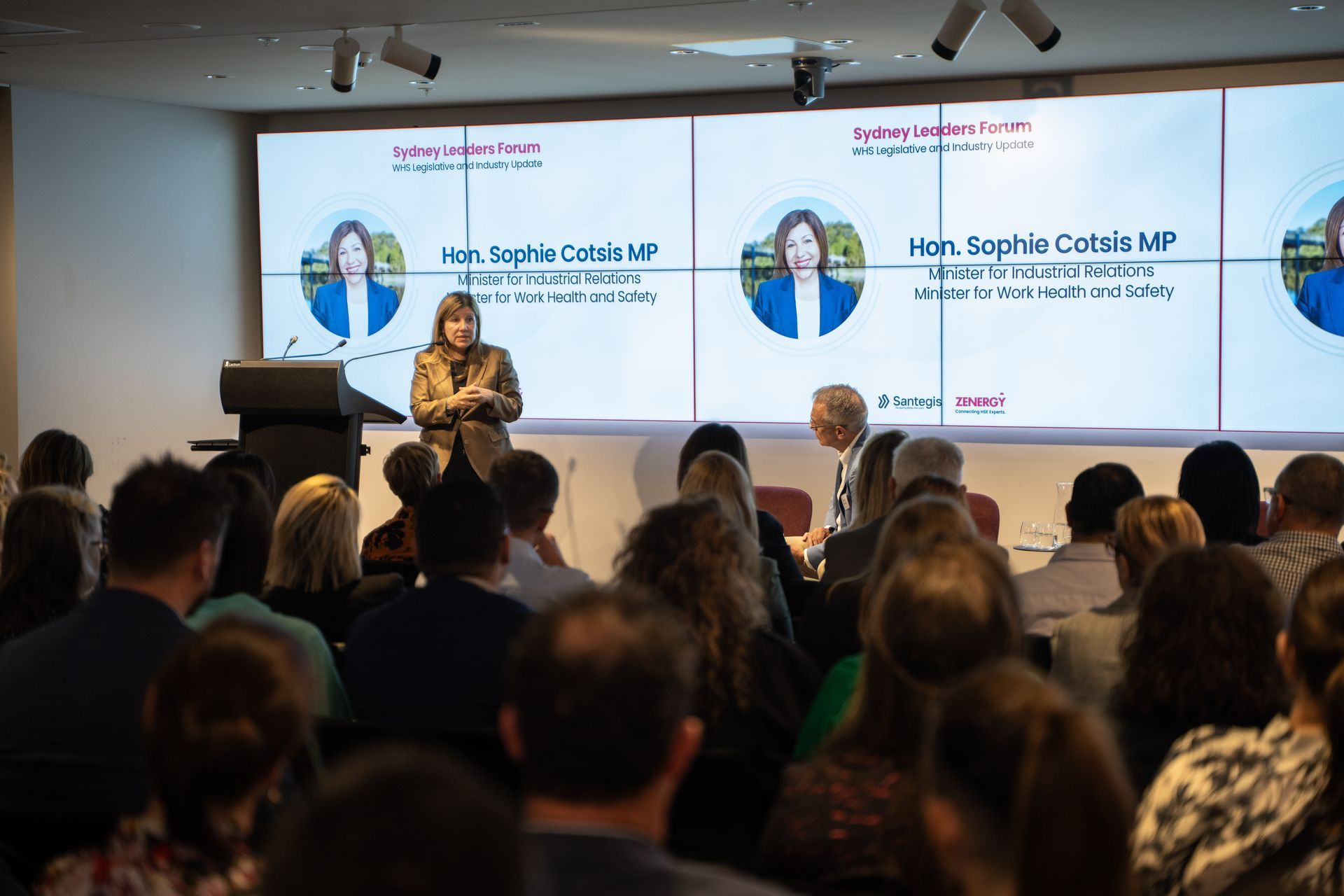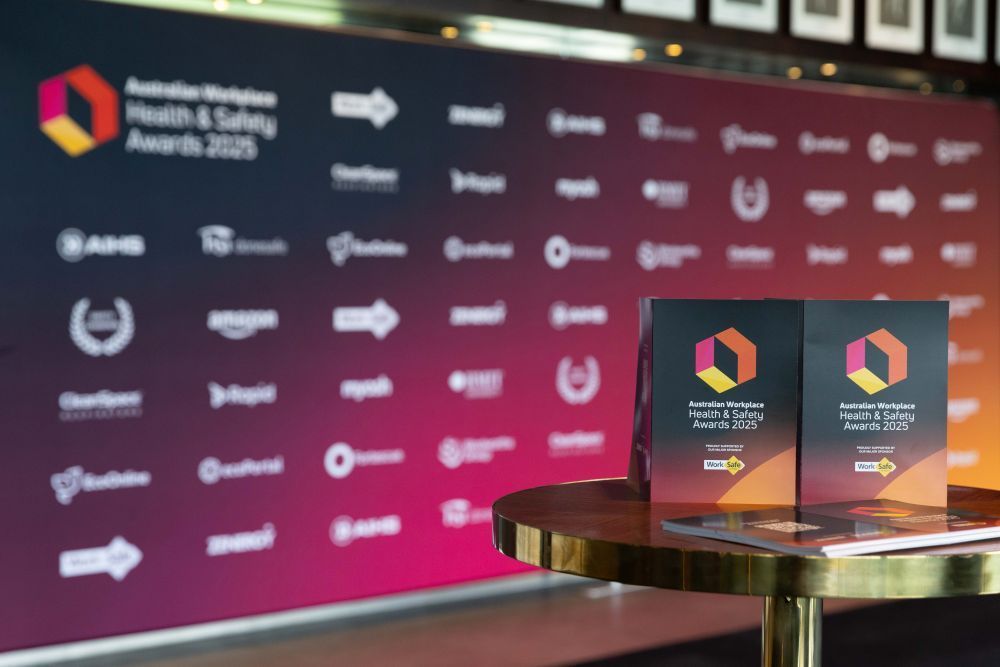Leadership Accountability: The New Standard in Safety Governance
In Australia’s evolving workplace safety landscape, accountability has become the defining standard for leadership. The message from Zenergy’s recent Sydney Leaders Forum was clear: compliance alone is no longer enough. Boards and executives must now lead with intent, embedding safety into governance, culture, and strategy.

From Compliance to Accountability
Opening the discussion, moderator John Lee reflected on how leadership expectations have changed across industries.
“The best leaders aren’t waiting for enforcement — they’re taking ownership,” Lee said, highlighting that high-performing organisations view safety as a leadership responsibility, not a delegated task.
This marks a fundamental change from the reactive approach of past decades. Instead of treating safety as a compliance checklist, executive teams are embedding it within business decision-making — linking it directly to performance, culture, and trust.
Legal Duties and Leadership Responsibility
Katherine Morris, Partner at Norton Rose Fulbright, expanded on this idea through the lens of governance and due diligence.
Under Australia’s Work Health and Safety laws, officers and directors carry a personal legal obligation to exercise due diligence — meaning they must actively understand the risks, systems, and controls that affect worker safety.
“The standard for leadership accountability has lifted,” Morris explained. “Boards and executives must demonstrate how they are leading on safety, not just how they are complying.”
She also noted that corporate culture is now an evidentiary factor under the WHS Act. The “state of mind” of an organisation — its unspoken norms and behaviours — can influence liability. A poor safety culture is no longer just a moral issue; it’s a legal one.
Leadership Behaviours and Risk Oversight
Moderator David Ninnes guided the discussion toward leadership behaviour — how executives translate responsibility into measurable action.
The panel agreed that accountable leadership begins with visibility and engagement. Leaders set the tone by showing up in the field, asking the right questions, and demonstrating that safety performance matters as much as financial performance.
Ninnes noted that this behavioural accountability is increasingly tied to governance and culture.
“Leadership is not only about responding to incidents — it’s about influencing the systems, behaviours, and decisions that prevent them.”
Both Morris and Lee highlighted that boards are now expected to understand the human and organisational factors behind safety outcomes. This includes ensuring their governance frameworks measure more than lag indicators — focusing instead on leadership capability, workforce consultation, and early risk identification.
Building a Governance Framework for WHS
An effective governance framework, as discussed by the panel, integrates safety risk oversight into board reporting, executive KPIs, and cultural metrics.
Morris advised that leaders should regularly seek independent assurance over their WHS systems and ensure meaningful consultation occurs between management and workers.
Lee added that leadership accountability extends beyond internal systems — it’s about the relationships leaders build.
“True safety governance relies on trust between boards, executives, and the workforce. You can’t lead safely from a distance.”
How Leadership Shapes Culture
The discussion concluded on the influence of leadership on workplace culture — a recurring theme across the panel.
As Morris highlighted, workplace culture is now defined in legislation, meaning it can be used to demonstrate an organisation’s approach to safety. Leaders who prioritise openness, psychological safety, and genuine consultation create cultures that prevent harm before it occurs.
Ninnes summarised it well:
“Leadership accountability isn’t just about governance; it’s about the example leaders set every day. Culture follows conduct.”
Partnering with the Right Safety Leaders
Strong governance starts with strong leadership. At Zenergy, we understand that executive influence determines how safety, health, and sustainability are lived across an organisation.
Our HSE Executive Search practice connects boards and senior leaders with high-calibre safety, health, and environment executives — professionals who bring strategic foresight, cultural impact, and measurable governance outcomes.
Discover how we help organisations appoint the right leaders to drive accountability and performance in safety governance. Reach out to us via email at info@zenergygroup.com.au or call us at 1300 333 400.






